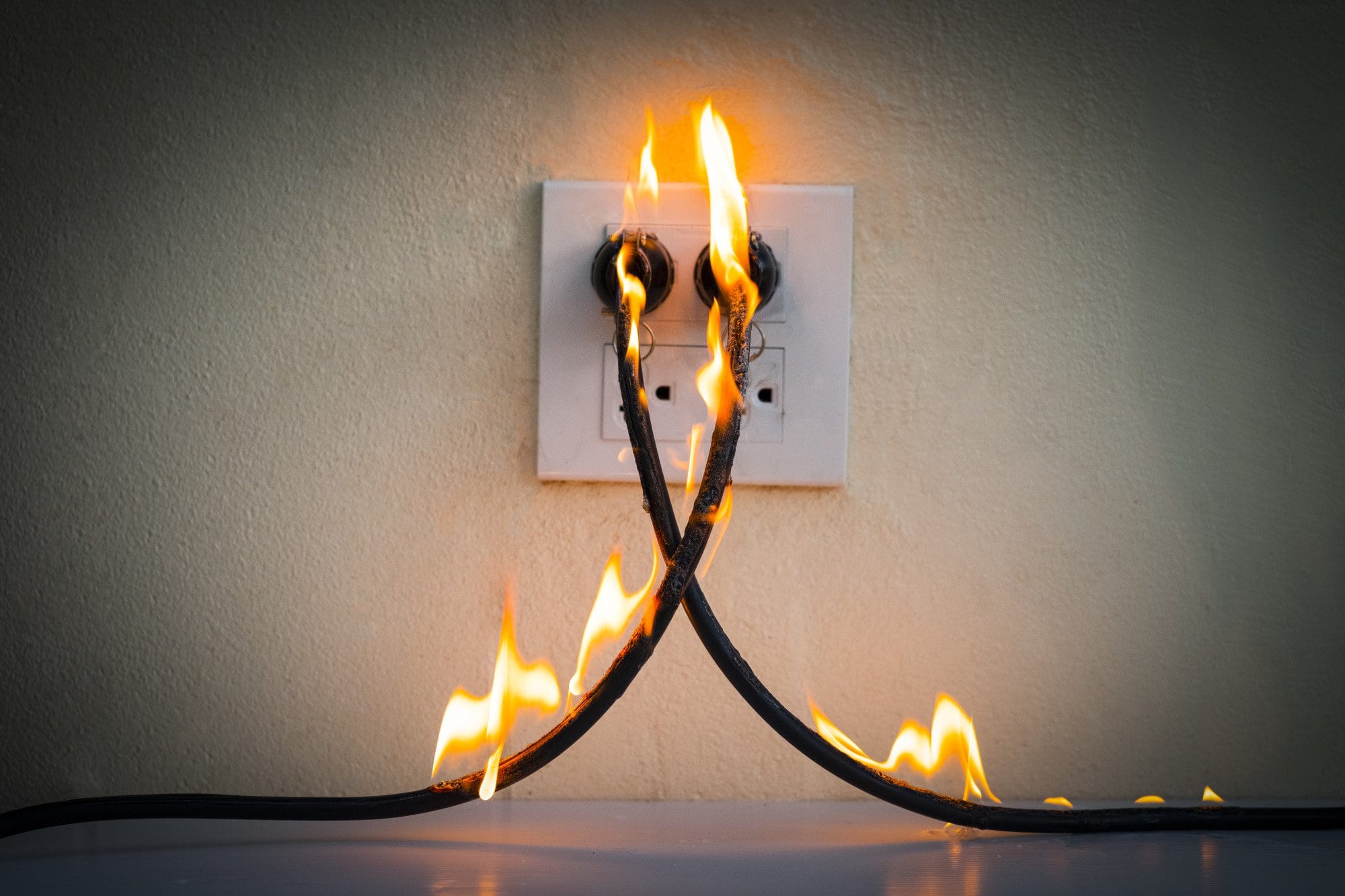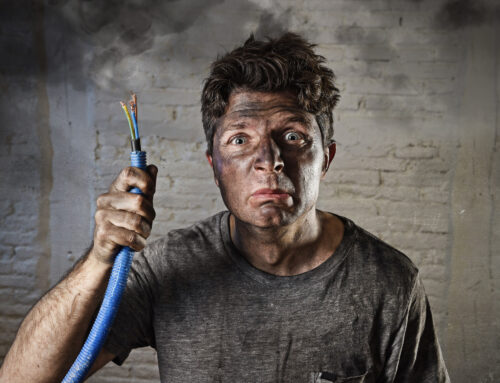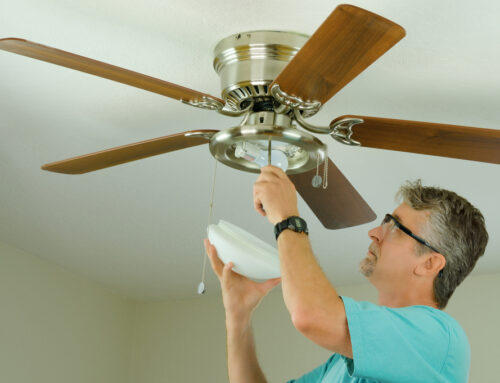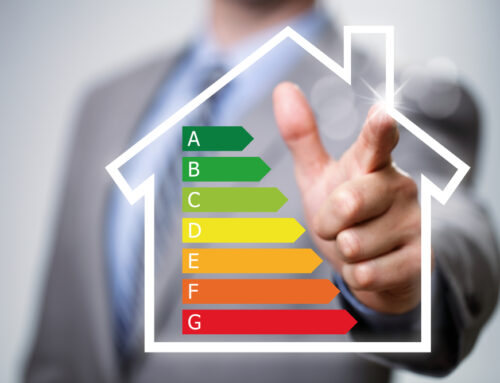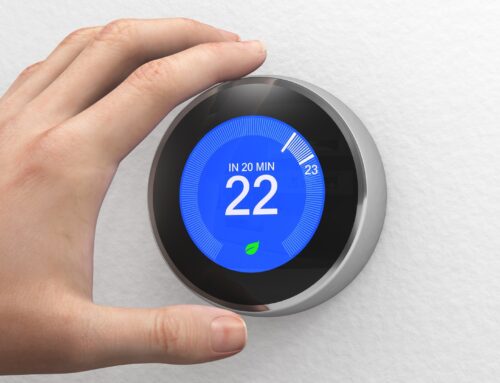Do you have valuable equipment plugged into a regular wall socket? If so, you’re at risk of exposing it to electrical surges that could damage or even destroy it.
And these surges don’t only come from lightning strikes. There can be many sources.
An A/C unit or refrigerator running on overdrive can cause one. So too can a mishap by the electrical company during maintenance.
That’s why you need surge protection.
So What Exactly Is Surge Protection?
It’s simply a way to protect your valuable electronics, gear or other equipment from getting damaged or destroyed by random surges.
You’ve more than likely seen surge protectors at the hardware store – although there are whole house surge protectors that are more involved.
But before you buy one, there are some things you should know:
1. They Are Different From Power Strips
Both a power strip and surge protector allow for multiple electronic devices to be plugged into them.
But that’s where the features end on the power strip. A surge protector, on the other hand, sends unwanted current to a ground wire so that it doesn’t reach your equipment and fry it.
2. They Are Rated in Joules
The number of Joules indicates the surge it can handle. The higher the number of Joules, the more the surge a protector can send back down to the ground wire.
Basically, anything below 1000 Joules is sufficient for electronics like battery chargers, cell phones, and even small appliances. But if you’re looking to protect something higher-end than that, look for one with at least 2,000 Joules.
3. They Have an Expiration Date
Nothing lasts forever. And over time, a surge protector will wear out.
In some cases, you’ll get a warning when the protection drops below a safe level. Some even have a shut-off. But then there are those that will just keep on working and you’ll have no clue that it’s no longer protecting your gear until a power spike damages it.
Once you’ve had a surge protector for a while, it’s a good idea to replace it.
4. They May Have a Useless Power ‘Conditioner’
Be wary of surge protectors that promise improved performance in your equipment by claiming to”condition” the power from the wall.
This isn’t necessarily false advertising. It’s just that most electronics and gear are already equipped with this feature. They have a power supply that takes the incoming wall current and converts it into whatever the device needs.
The possible exceptions to this would be if you live in an area with strangely inadequate power, or you have some bizarre or cheap equipment. And if it’s really cheap, you won’t lose much if it gets toasted.
5. They May Have a USB Option
This is a nice feature for charging your phone.
Just be sure to check whether it’s 1 or 2 amps. If you want faster charging, stick with 2 amps.
6. They Are Not a Guarantee
Devices that rely on switch compressors and motors are especially vulnerable to power surges. So while surge protectors do a great job in protecting your valuable equipment, your best bet for keeping them safe is to unplug them when they’re not in use.
This is especially important to do before a storm.
Practice Good Sense
With all the advances in technology, it’s easy to think that surge protection is just automatically built into your gear and equipment.
But electricity is tricky. And using a surge protector is so simple. So why take chances?
You should also not take chances when it comes to electrical repairs or projects in your home. So if you have an electrical issue, contact us today. And put safety first.

